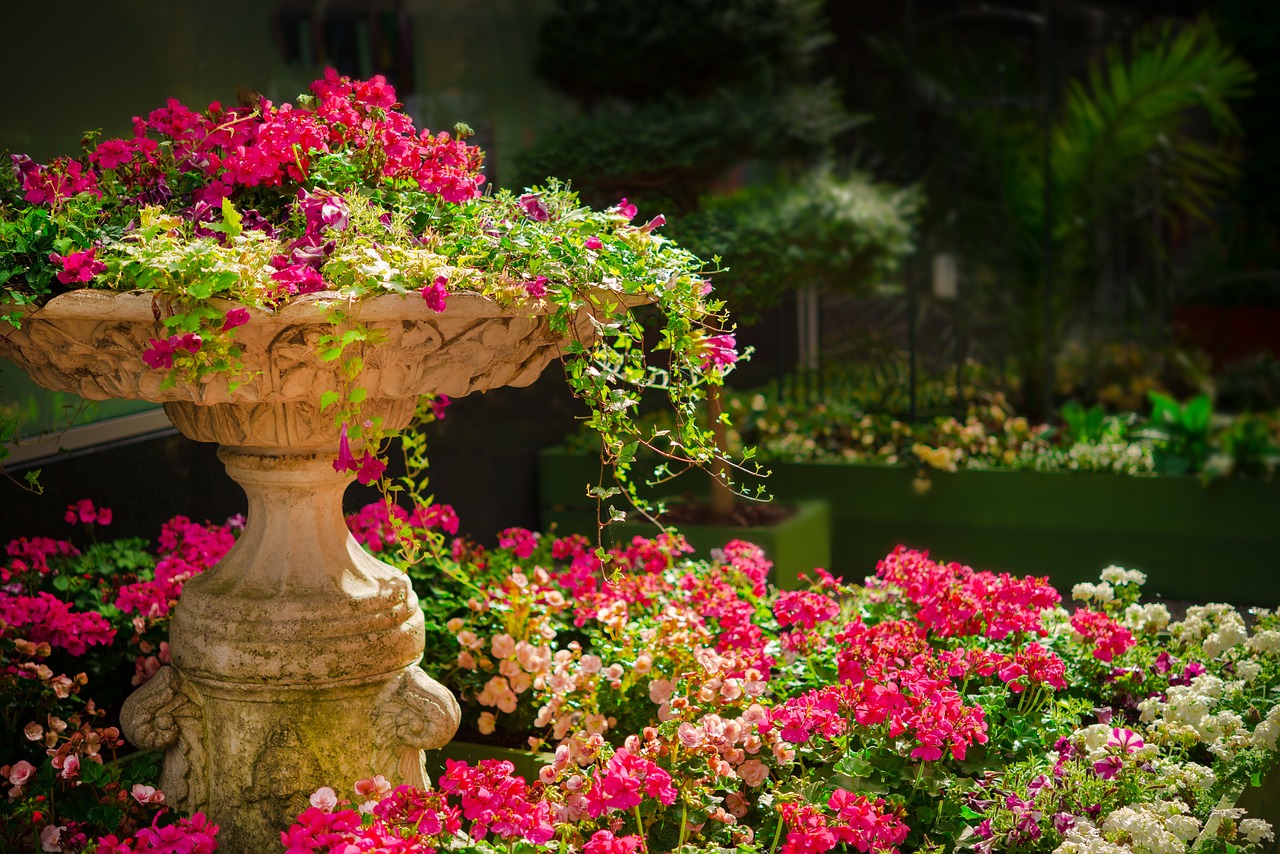

Creating a tropical terrarium is a fantastic way to bring a little piece of paradise into your home. These mini ecosystems are not only beautiful but also provide an engaging and educational gardening experience. Whether you’re an experienced plant enthusiast or a curious beginner, crafting your own tropical terrarium can be a fun and fulfilling project. In this blog, we’ll guide you through the process of creating a DIY tropical terrarium, ensuring you can enjoy the lushness of the tropics right in your living space.
What is a Terrarium?
A terrarium is a glass container that houses plants and often mimics a mini garden environment. Tropical terrariums typically include moisture-loving plants that thrive in humidity, making them perfect for indoor settings. The enclosed space creates a self-sustaining ecosystem, where plants can grow, thrive, and even recycle moisture.
Why Choose a Tropical Terrarium?
- Low Maintenance: Once established, tropical terrariums require minimal care, making them ideal for busy lifestyles.
- Air Quality Improvement: Plants naturally purify the air, adding to the health of your indoor environment.
- Aesthetic Appeal: Tropical terrariums can serve as stunning decor pieces, bringing a vibrant and exotic touch to any room.
Materials You’ll Need
Before you start crafting your tropical terrarium, gather the following materials:
- Glass Container: Choose a clear glass jar, bowl, or vase. Open-top or closed containers both work, but closed containers help maintain humidity.
- Small Rocks or Pebbles: These will provide drainage at the bottom of your terrarium.
- Activated Charcoal: Helps prevent mold and keeps the terrarium fresh.
- Potting Soil: Use a high-quality potting mix suitable for tropical plants.
- Tropical Plants: Select small tropical plants such as ferns, fittonias, mini philodendrons, or peace lilies.
- Decorative Elements (optional): Consider adding decorative stones, figurines, or small driftwood for added visual interest.
Step-by-Step Guide to Creating Your Tropical Terrarium
1. Prepare Your Container
Start by thoroughly cleaning your glass container. This ensures no contaminants will harm your plants. If your container has a wide opening, it will be easier to work with.
2. Layering for Drainage
Begin by adding a layer of small rocks or pebbles to the bottom of your container, about an inch deep. This layer will help with drainage, preventing excess water from accumulating and causing root rot.
3. Add Activated Charcoal
Next, sprinkle a thin layer of activated charcoal over the rocks. This helps filter the air and water in your terrarium, preventing odors and mold growth.
4. Add Potting Soil
Carefully add a layer of potting soil on top of the charcoal. Aim for a depth of 2-3 inches, allowing enough space for your plants’ roots. Use your fingers or a small tool to create a slight slope if you want a more natural landscape.
5. Plant Your Tropical Greens
Choose your tropical plants and gently remove them from their nursery pots. Make small holes in the soil and position the plants, ensuring you provide enough space between them for growth. Aim for an arrangement that varies in height and texture to create visual interest.
6. Add Decorative Elements
If desired, incorporate decorative elements like stones, driftwood, or small figurines. These accents can add personality and enhance the tropical feel of your terrarium.
7. Watering
After planting, lightly water your terrarium. Be careful not to overwater; the moisture should be enough to settle the soil without creating puddles. If using a closed terrarium, you may not need to water as often due to the moisture recycling process.
8. Create a Suitable Environment
Place your terrarium in a location with bright, indirect sunlight. Avoid direct sunlight, as this can cause overheating and damage to the plants. Monitor your terrarium regularly and make adjustments as needed.
Caring for Your Tropical Terrarium
- Humidity Maintenance: If your terrarium is closed, it will create a humid environment. Open it occasionally to allow fresh air circulation. For open terrariums, mist the plants regularly to maintain humidity.
- Watering Routine: Check the soil moisture every few weeks. If it feels dry, lightly mist or water the plants, ensuring not to oversaturate.
- Pruning: Trim any dead leaves or overgrown plants to maintain aesthetics and health.
Final Thoughts
Creating a DIY tropical terrarium is a delightful way to incorporate the beauty of nature into your home. With just a few materials and some creativity, you can design a vibrant mini ecosystem that not only enhances your decor but also provides a calming escape. So gather your supplies, unleash your creativity, and enjoy bringing a slice of paradise indoors! Happy planting!
Share :
About Us
We are passionate about creating beautiful, green spaces within our homes and sharing that enthusiasm with fellow plant lovers.
- 323 Valley Lane, Austin
- +1 (234) 567 890
- hello@myindoorgarden.co
About Us
We are passionate about creating beautiful, green spaces within our homes and sharing that enthusiasm with fellow plant lovers.
Categories
Copyright © 2024 Myindoorgarden. All Right Reserved.


